Gardens Without Lawns
Katie Thomas, our garden designer, shares the secrets of creating successful lawn free gardens full of colour and interest.
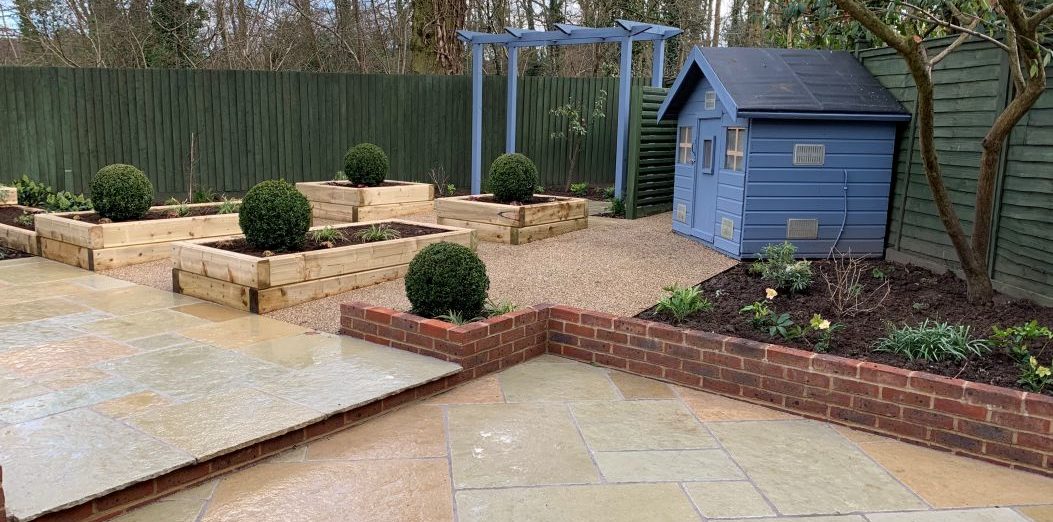
When I sit down with our clients to discuss their design briefs, I often find that at the top of many people’s requirements is a lawn. This is not surprising, as lawns are a very traditional feature in British gardens and do have many benefits. Having said this, keeping our lawns in tip-top condition requires regular mowing and maintenance, all of which takes a considerable amount of time. Added to this is the fact that gardens conditions simply aren’t always ideal for lawn – whether that be due to shade, moisture levels or size of garden.
So, if the thought of mowing your lawn every week fills you with dread or your garden is small and you don’t have children, why not consider a design without a lawn? Big borders and sensible sized seating areas will actually be less work than keeping a small area of grass looking good, and you won’t have to allocate precious storage space to a lawnmower.
How to Create a Successful Lawn Free Garden
Here are my 5 top-tips for making a beautiful lawn free garden:
1. Think About the Hard-Soft Ratio
- The key to designing a lawn free garden is making sure the balance of landscaping and planting work for your space.
- If your garden is small, then a 50% hard surface to 50% planting and furniture works well as the planting will soften a patio without impacting its use.
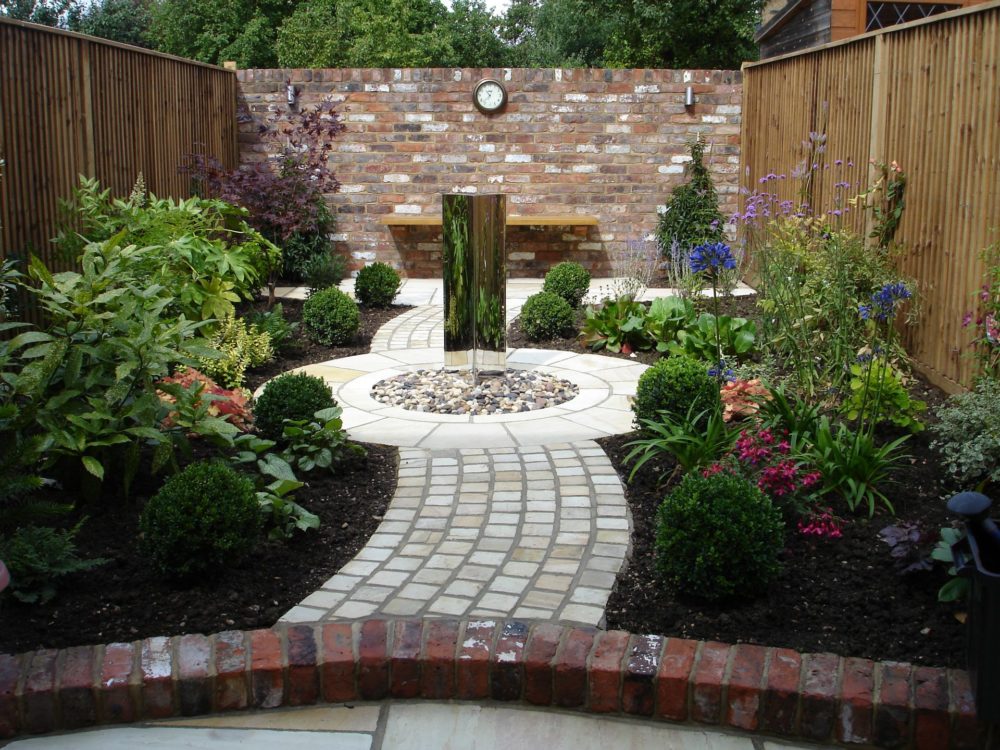
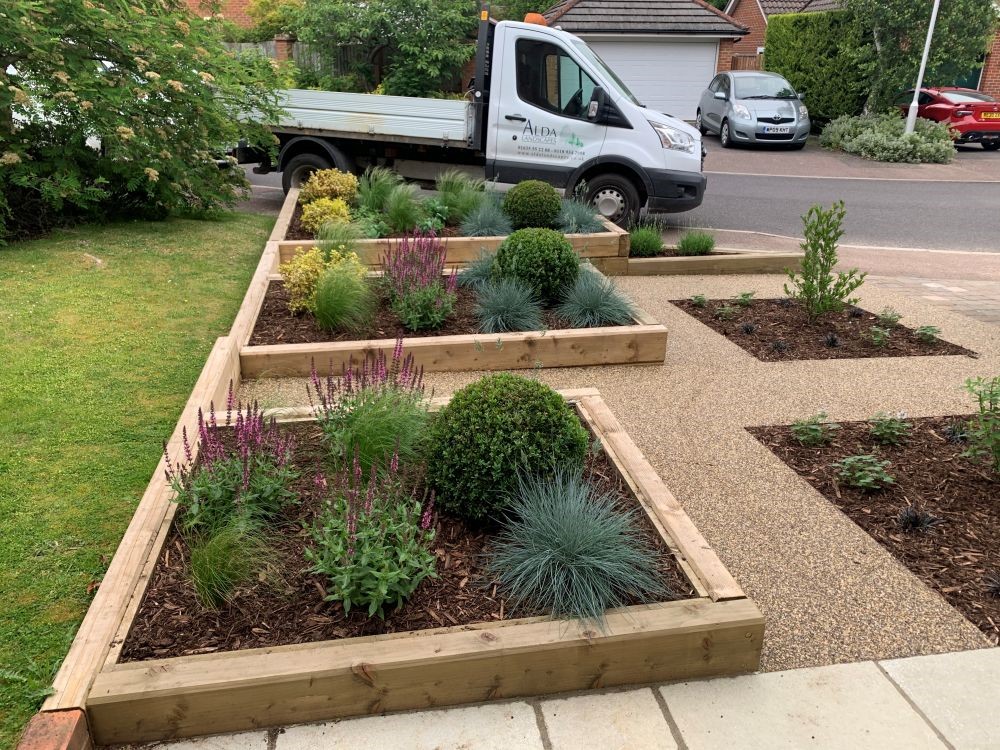
2. Extend Seasonal Colour
- A lawn provides an area of year-round fresh colour so if you are ditching the lawn, then it is important to make sure that there is enough structural foliage and extended seasonal colour so that your garden does not look bare through the winter months. Doing this will ensure that your space still has that lush fresh vibrant feeling a lawn gives.
- This can be done by using evergreen shrubs with interesting leaf textures as a backbone and then long flowering perennials in the planting scheme.
3. Use a Variety of Surface Materials
- A lawn is often used as a way to visually break up a space and can help create flow from one space to another.
- A sense of flow without a lawn can be created using a combination of textures and colours with your hard landscaping. For example, a transition from a paved patio to gravel paths between planting areas can create a softer surface texture and define movement through the garden.
- Decking also gives a more natural texture without compromising seating space. By changing a material, you can create spaces to pause in the same way that you would with a lawn.
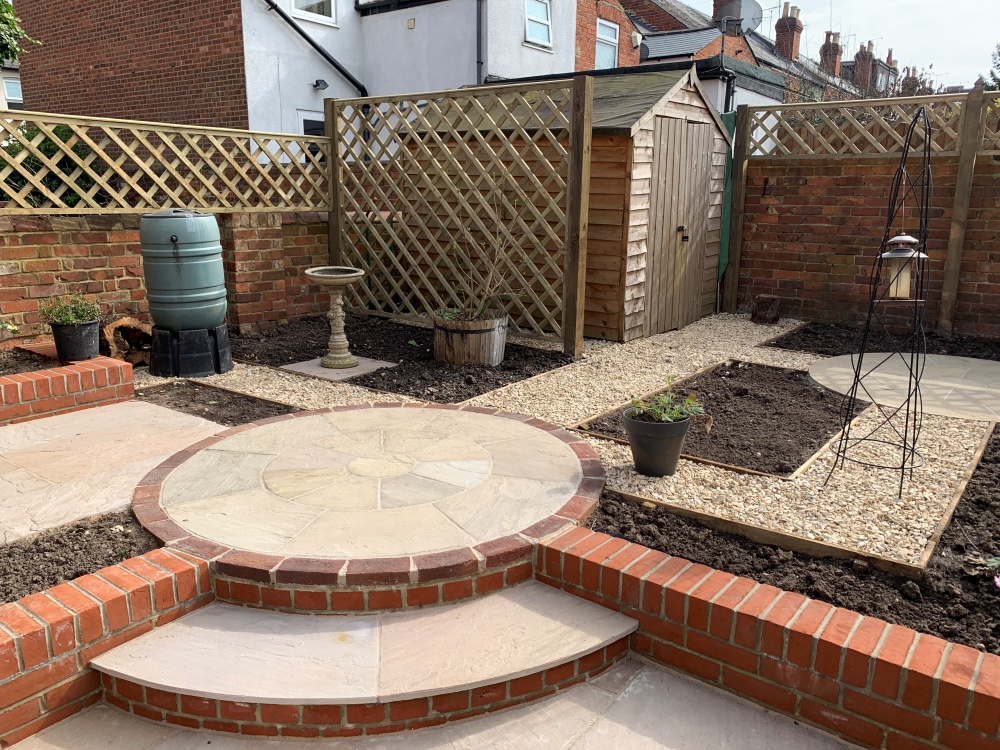

4. Create Focal Points
- A lawn is a prominent feature and focal point within a design, which crucially draws the eye through a space. Without a lawn, other features need to be created for this purpose.
- A simple way of doing this is by adding some vertical interest to draw the eye away from the ground level and hard landscaping.
- Vertical interest could include a prominent tree or a pergola with climbers. You could also add a water feature to capture interest or other sculptural structures to create pausing points when journeying round the space.
5. Raise Your Planting
- The main reason clients do not want a lawn is because they want a low maintenance garden. You can reduce maintenance but still maintain a green, relaxing, inviting space by adding raised planting beds.
- This will reduce the need to water, contain the planting, help with weeding and pruning and also draw your eye up from ground level.
- Raised planting beds also create the opportunity to incorporate seating into the walls, which can be a great way to increase your seating space in a small area.
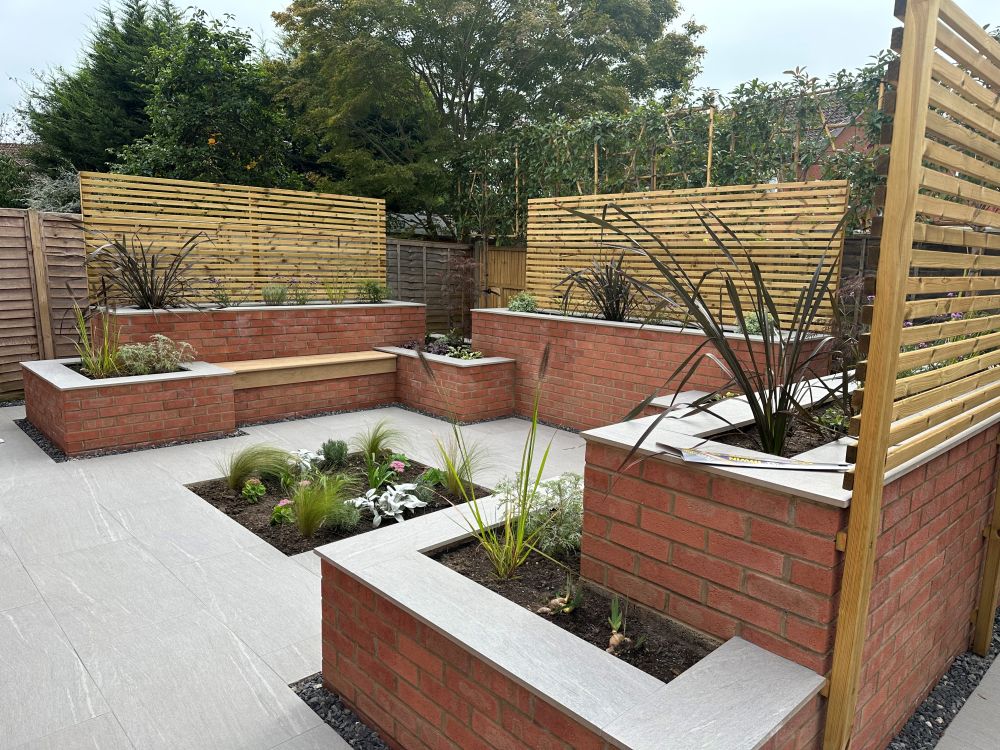
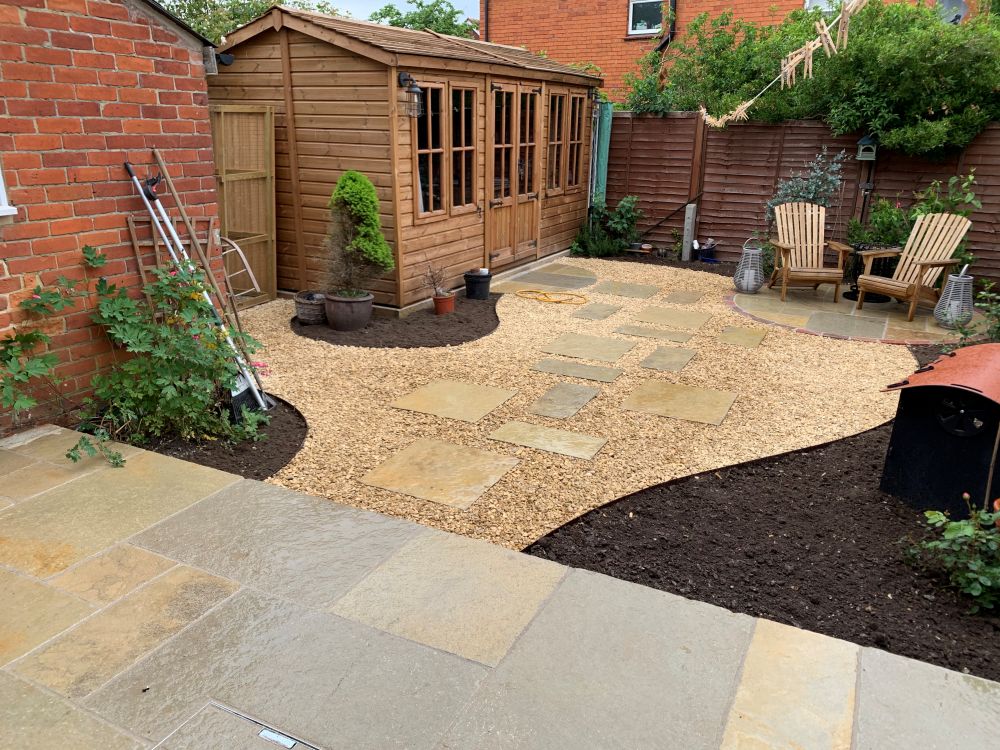
6. Use Permeable Surfaces
- Lawns are great at soaking up water so if you are wanting a no lawn design than drainage needs to be considered.
- Problems with flooding or standing water can be avoided by using permeable surfaces such as loose, resin or compacted gravel; adding more drainage into your paved areas; and allowing space for some larger planting or a tree.
I hope this provides some ideas and tips on how to create a succesful lawn free garden. And also to show that by giving space in the design for carefully selected planting, lawn free gardens can be lush, green, beautiful and full of interest.
If you are interested in creating your own lawn-free garden (or any other type of garden for that matter) and live in the Reading and Newbury area, we’d love to meet and discuss your project in detail – book your free no-obligation garden consultation today.